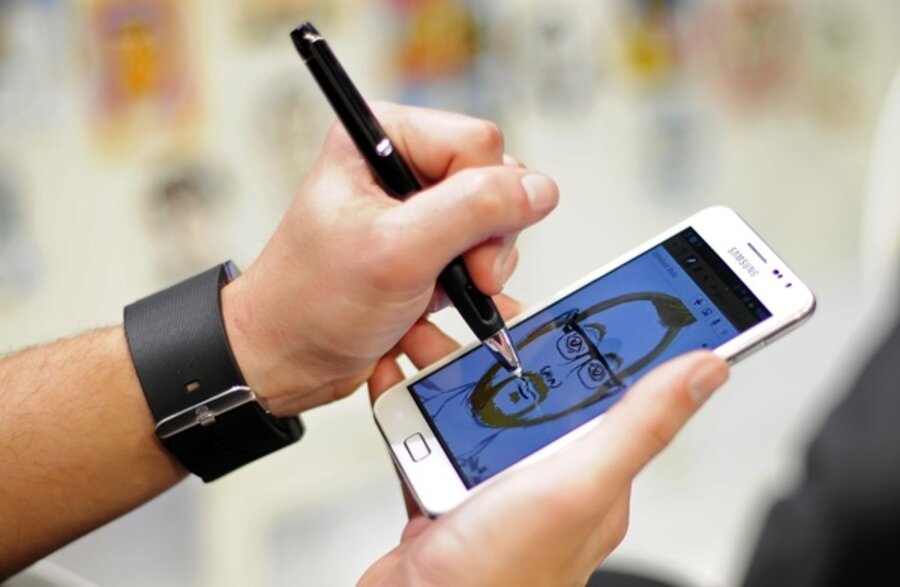Mobile World Congress: Best of day one
Loading...
Mobile World Congress, one of the largest gatherings of phone makers, is always full of good surprises. And this year’s show is no exception. Already during the first day of the conference in Barcelona, big-time manufacturers from Sony to Samsung have showcased new Android phones aplenty – one of which actually has a built-in projector. Here are three of the most appealing phones from the show so far.
Samsung Galaxy Beam
Just as the name suggests, Samsung’s latest Android phone serves as a mini-projector, displaying anything on its screen in 640 by 360-pixel resolution. (We’re already imagining life-size Temple Run projected onto a wall.) The Galaxy Beam is a littler thinker than a normal phone, but remains less than half an inch thick. Samsung says the phone can project for about three hours straight on a single charge, and judging by CNET photos, projections are bright and clear. Initially, the idea of a projector brings back memories of elementary school science class – but in reality, it’s one of the great untapped technologies of mobile phones. If it delivers, the Beam will be able to cut out the many cords and frustrations that come with linking up computers/phones to televisions and other screens. Good for business presentations, great for playing games and video.
HTC One X
This is the Incredible Hulk of Mobile World Congress so far. It’ll have a Tegra 3 quad-core 1.5 GHz processor, for extra zippy speeds. But don’t get too excited. The American version of the One X swaps out the quad-core for a SnapDragon S4, but throws in a 4G LTE antenna for a faster Internet connection. Both editions come with a ton of attractive features – a 4.7-inch, 1280 by 720 HD screen and a camera capable of shooting a photo every 0.7 seconds. It also runs on the latest Android 4.0 Ice Cream Sandwich. Plus, it’s pretty sleek.
HTC also announced the HTC One V, a decidedly less enchanting phone than the X, but it’ll probably be more affordable. The One V has a 3.7-inch, 800 by 480 pixel screen and runs on Android 4.0. We’d equate it to the iPhone 4 – not quite the 4S, but still good.
Sony Xperia U
Hey, it’s definitely not the next powerhouse phone. But it’s not pretending to be, either. Sony’s Xperia U is one of the latest smart phones that’s aiming for an audience unwilling to shell out a ton of cash. Its 3.5-inch screen makes it easy to hold, and its 5-megapixel camera is less than, say, an iPhone 4S 8-megapixel camera, but that comes with the territory. Still, it looks like the Xperia U has some cool music features, such as surround sound and wireless streaming to speakers. Now, that’s a perk.
As MWC continues, we’ve still got a few hopefuls to look out for – Windows 8 phones, please! – but progress is steady thus far. Some phones will join a long list of others in anonymity (who remembers the HTC ChaCha last year?), but we’re hoping at least a few will go the distance.
For more tech news, follow us on Twitter @venturenaut. And don’t forget to sign up for the weekly BizTech newsletter.





